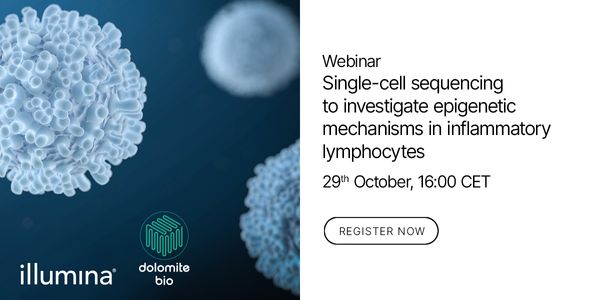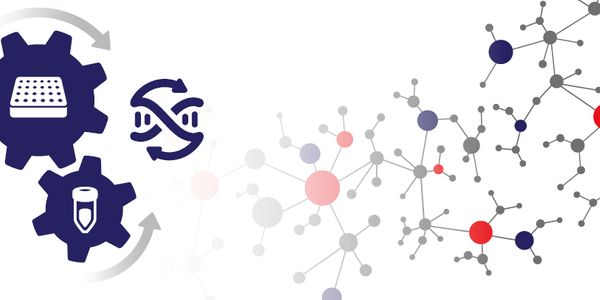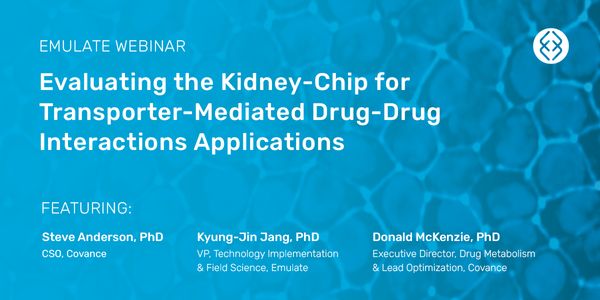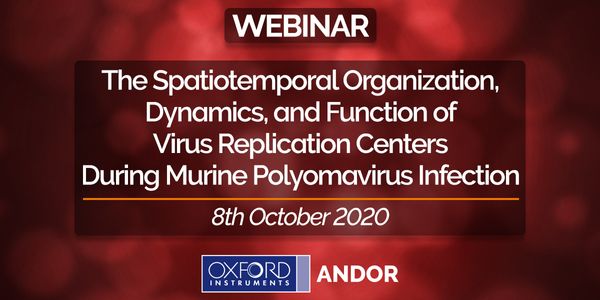Genetics
Genetics: the study of genes, genetic variation, and heredity in living organisms. It is generally considered a field of biology, but intersects frequently with many other life sciences and is strongly linked with the study of information systems. The father of genetics is Gregor Mendel, a late 19th-century scientist and Augustinian friar. Mendel studied "trait inheritance", patterns in the way traits are handed down from parents to offspring. He observed that organisms (pea plants) inherit traits by way of discrete "units of inheritance". This term, still used today, is a somewhat ambiguous definition of what is referred to as a gene.
-
OCT 29, 2020 | 6:00 AMDate: October 29, 2020 Time: 6:00am (PDT), 9:00am (EDT), Chronic inflammation can occur as a result of a combination of genetic predispositions and environmental factors. Epigenetic modifica...Speaker: Thomas Ayers, Ph.D. , Pawel Zajac, Ph.D. , Dr. Adam CribbsSponsored By: Illumina, Dolomite BioTo identify genetic variants in archival human samples, researchers need a powerful NGS platform that can accommodate input DNA and RNA that is often low quality and/or low quantity. This ch...Speaker: Craig Mackinnon, MD, PhDPresented at: OncomineWorld 2022: A Virtual NGS Education Meeting
Myeloid neoplasms represent a highly heterogeneous group of diseases that encompass myeloproliferative, myelodysplastic (myeloproliferative/myelodysplastic) processes and acute myeloid leuke...
Speaker:
Megan S. Lim, MD, PhD
Presented at: OncomineWorld Autumn: A virtual NGS education meeting
Myeloid neoplasms represent a highly heterogeneous group of diseases that encompass myeloproliferative, myelodysplastic (myeloproliferative/myelodysplastic) processes and acute myeloid leuke...
Molecular testing of NCSLC biopsies is extremely important in the care and management of these patients. However, NCSLC biopsies are typically very small and require multiple types of analys...
Speaker:
Carmen Kletecka, MD, FCAP, FASCP
Presented at: OncomineWorld Autumn: A virtual NGS education meeting
Molecular testing of NCSLC biopsies is extremely important in the care and management of these patients. However, NCSLC biopsies are typically very small and require multiple types of analys...
Speaker:
Carmen Kletecka, MD, FCAP, FASCP
Presented at: OncomineWorld 2022: A Virtual NGS Education Meeting
OCT 22, 2020 | 8:00 AM
Abstract: Detection and/or amplification of target DNA sequences by polymerase chain reaction (PCR) is a prevalent method in molecular biology. PCR has a broad range of applications, includi...
OCT 15, 2020 | 9:00 AM
Date: October 15, 2020 Time: 9:00am (PDT), 12:00pm (EDT) Renal transporters play an important role in potential clinical drug-drug interactions (DDIs) as highlighted in the FDA, EMA and PMDA...
...
Speaker:
Arjun Khanna
, David Chi Leung Lam, MD, PhD
, Chein-Feng Li, MD
, Darren Wan Teck Lim
Soluble cytokine biomarkers are the master regulators of cell-to-cell communication-- the means by which one cell tells another what to do or where to go. Determining the biomarker signature...
Speaker:
Jenny Koenitzer, PhD
While circulating cell-free DNA (ccfDNA) and to some extend CTCs from blood are routinely used as analyte in liquid biopsy cancer research applications, circulating cell-free RNA (ccfRNA) ha...
Speaker:
Thorsten Voss, PhD






















